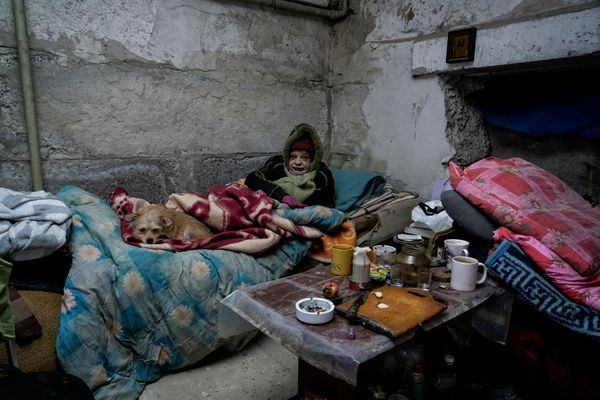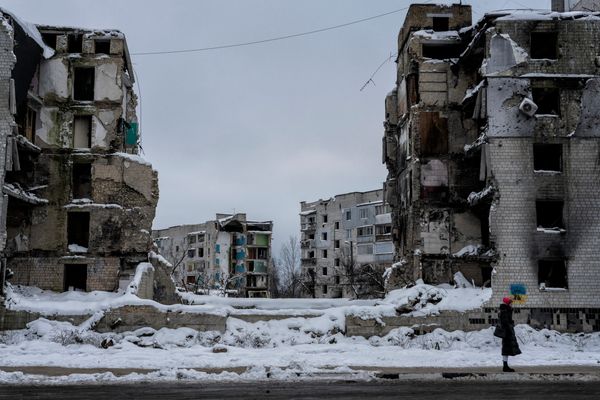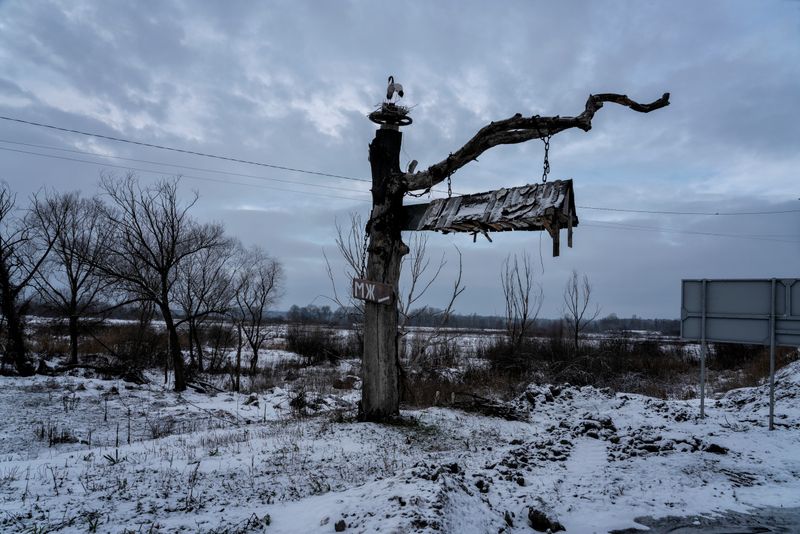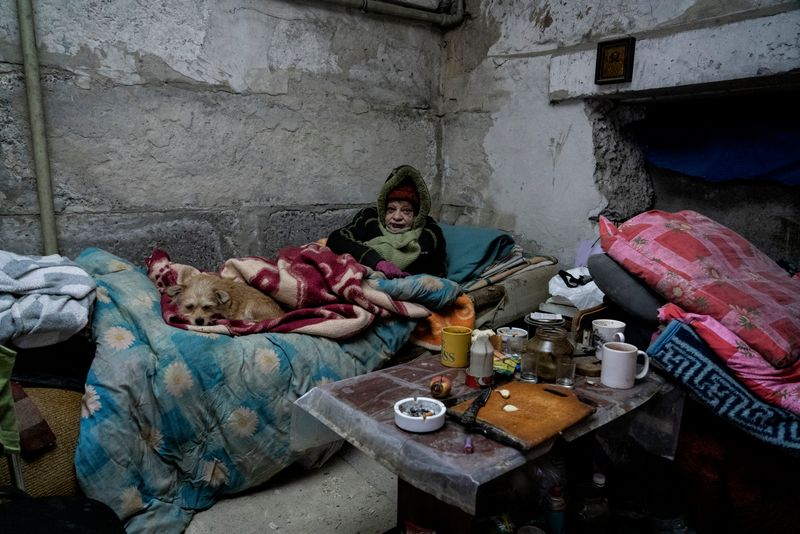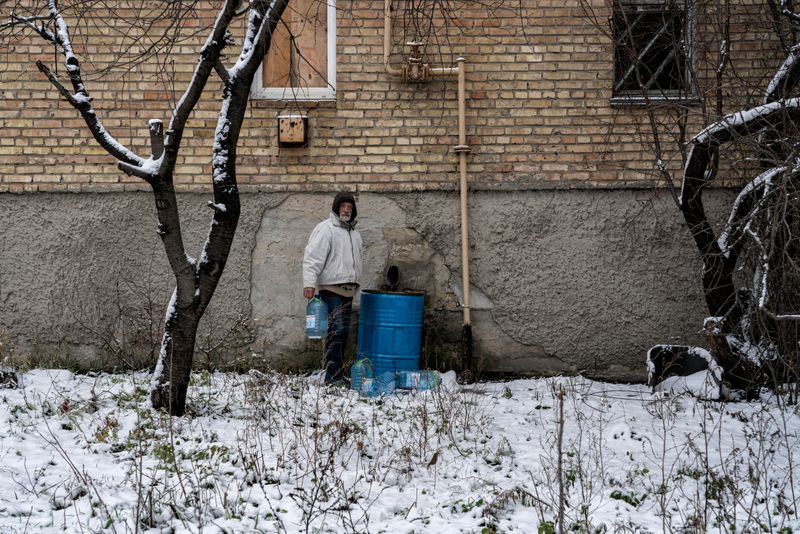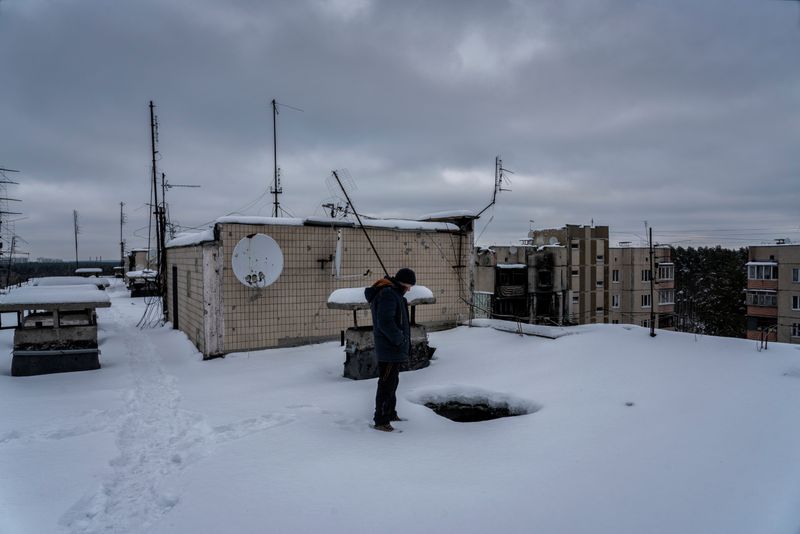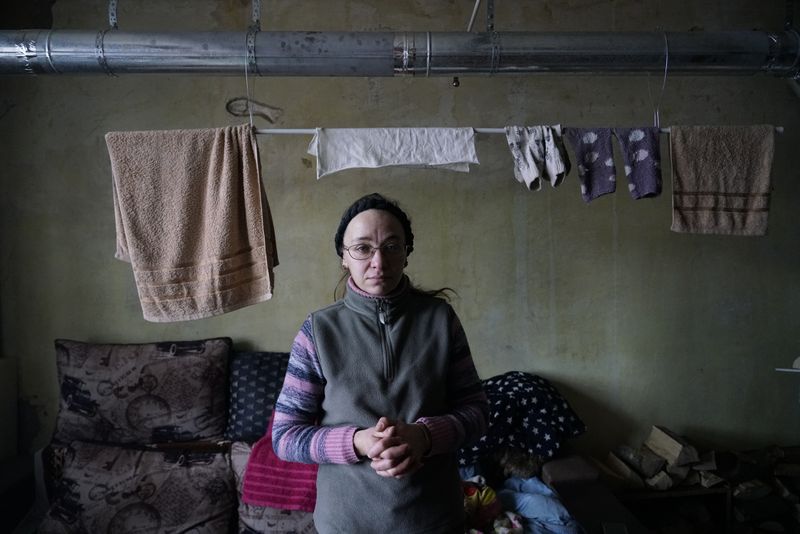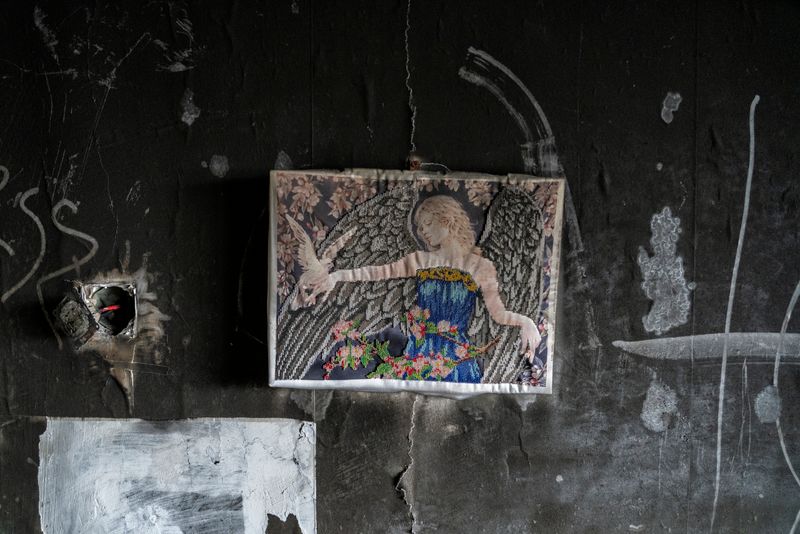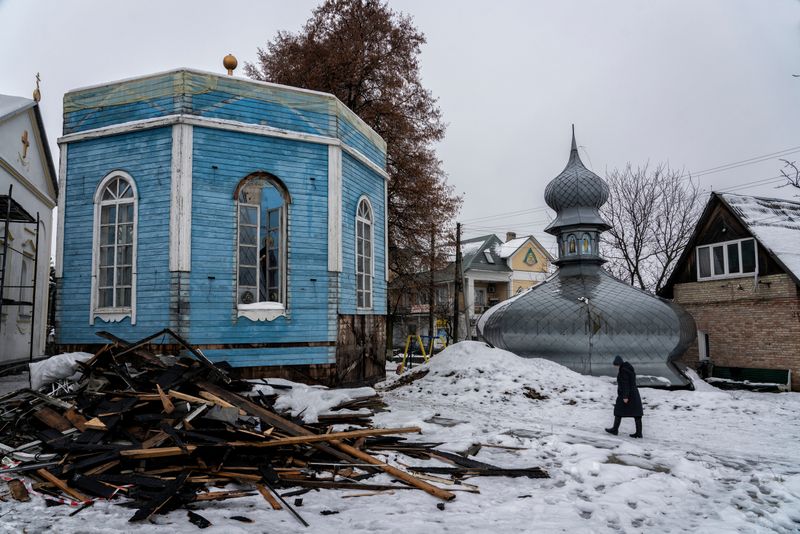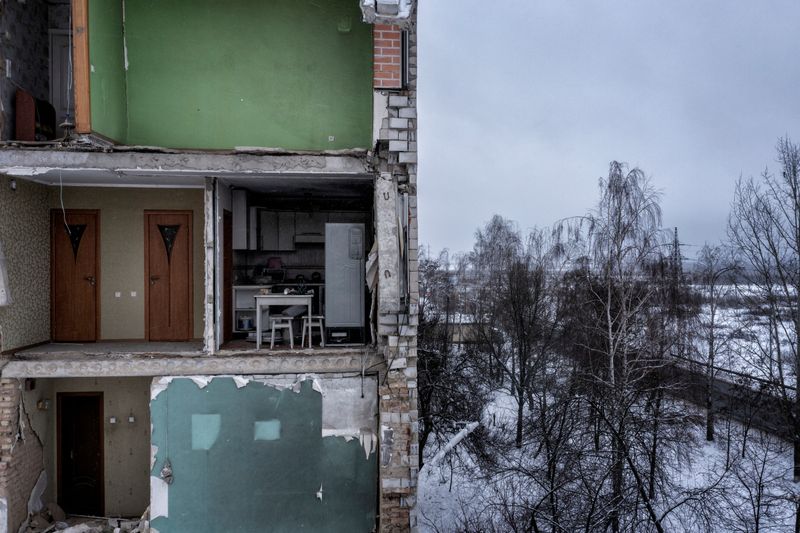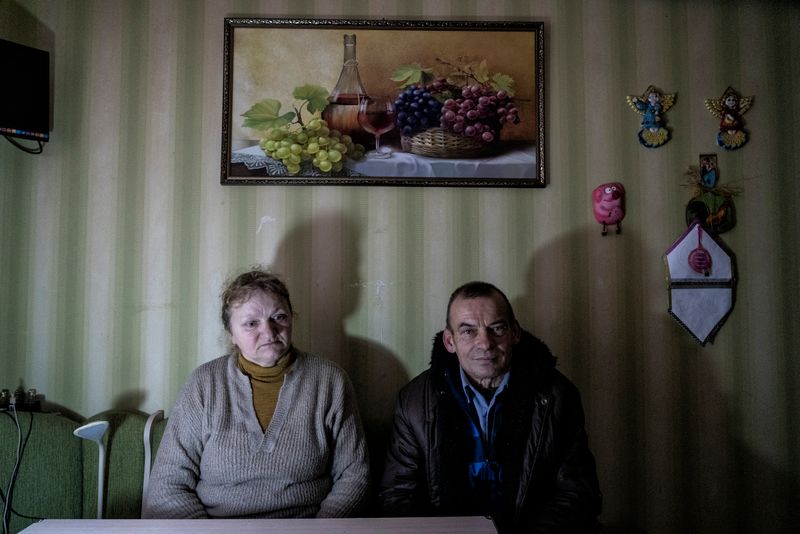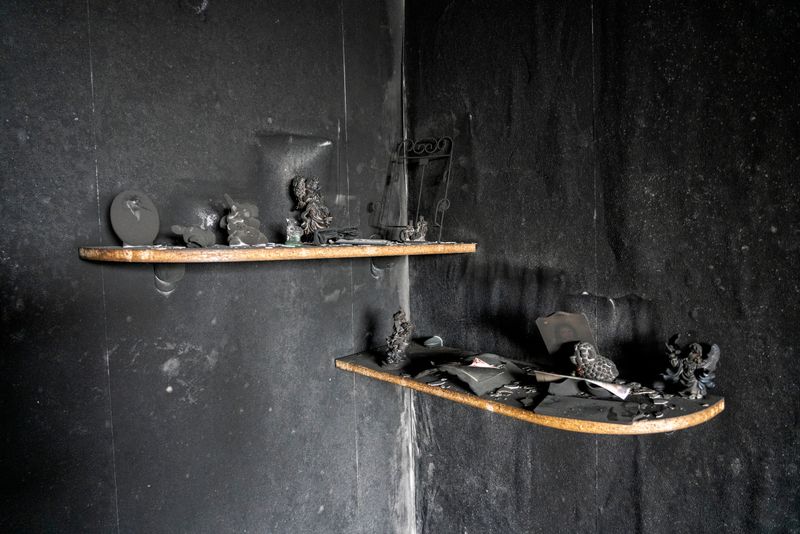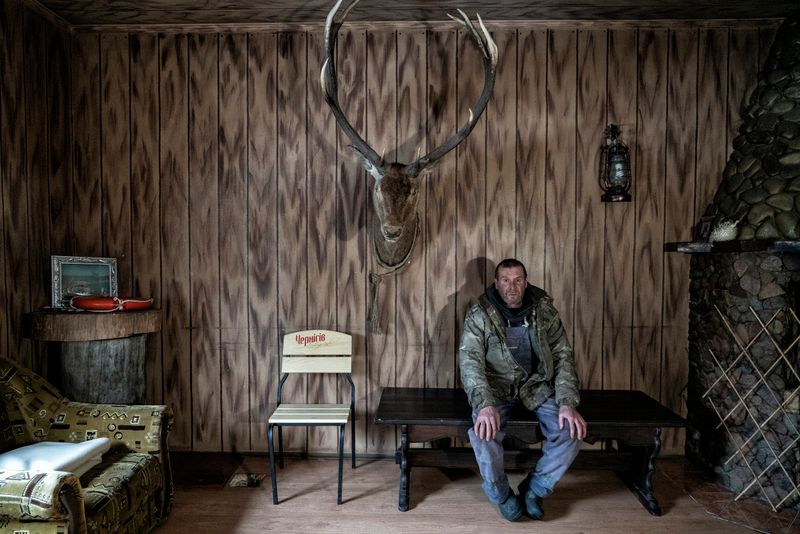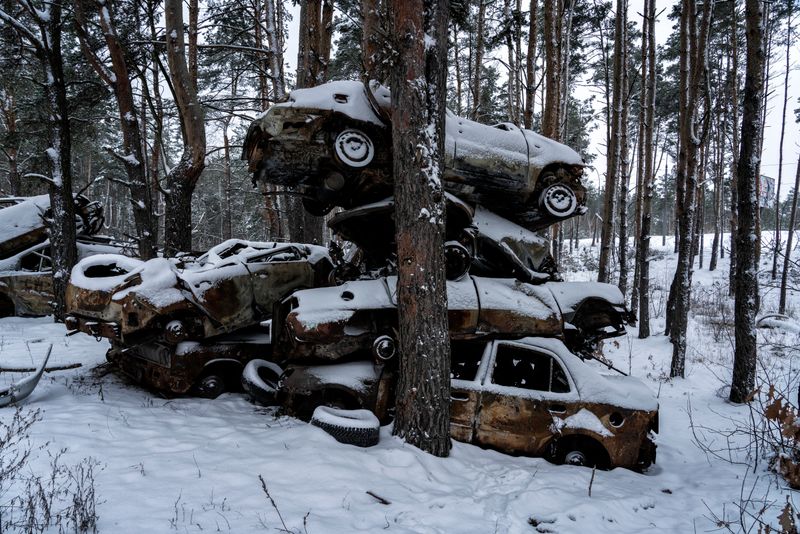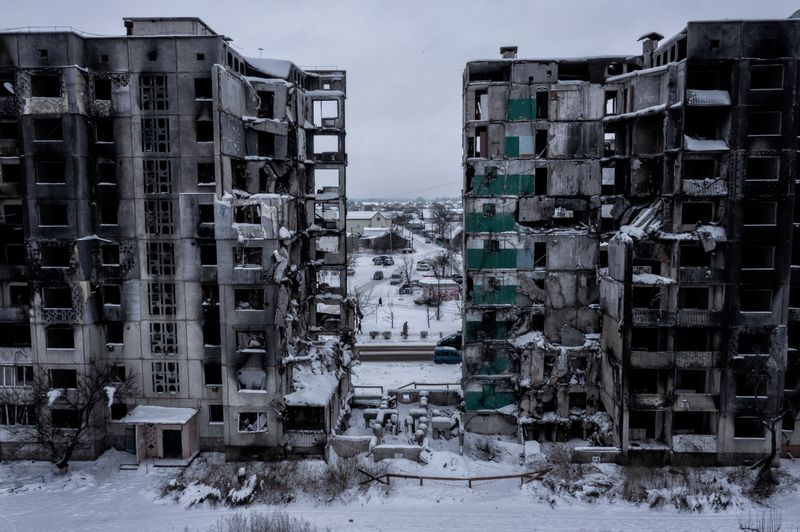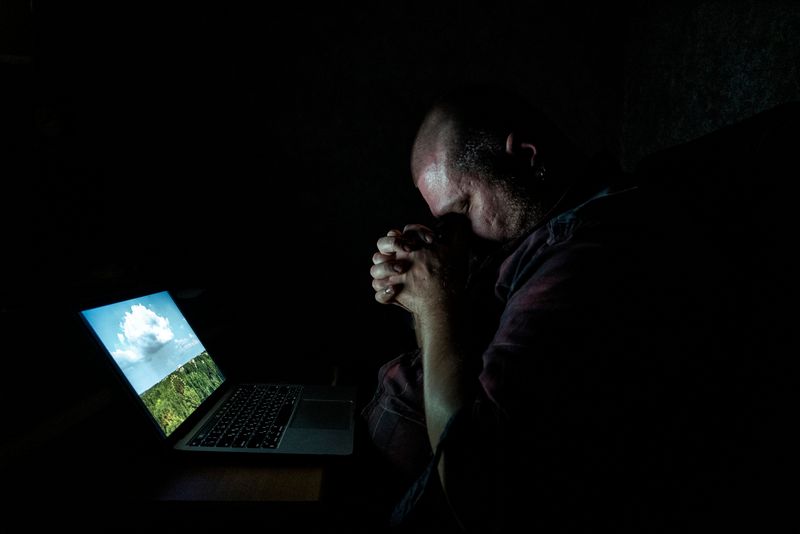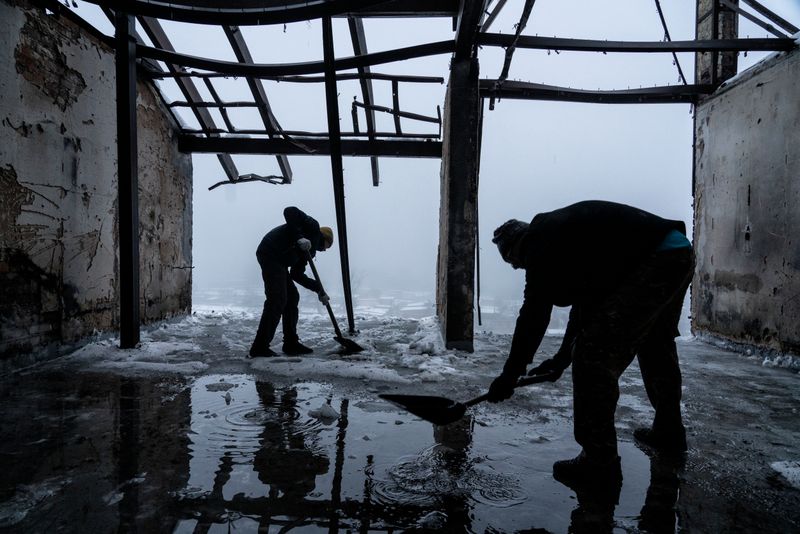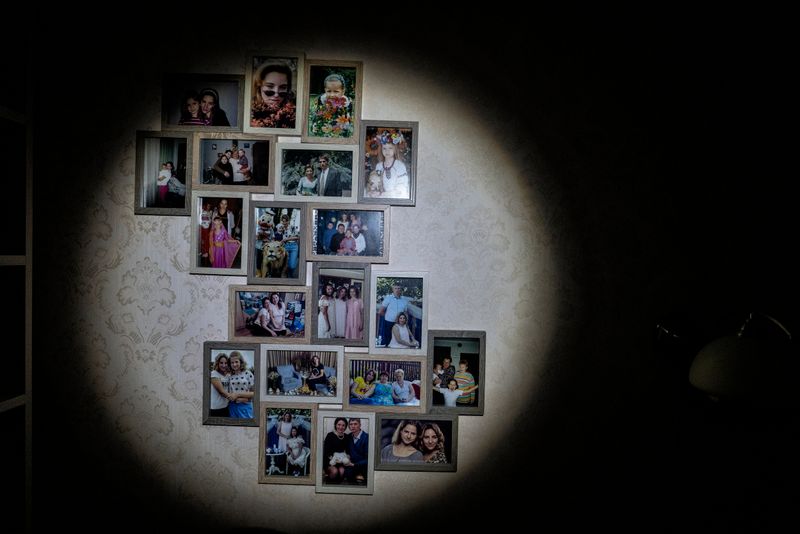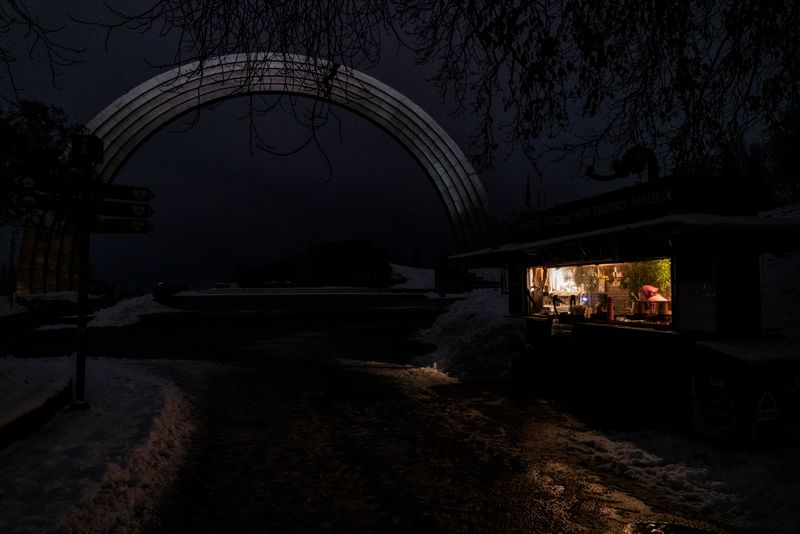And then the winter came
-
Dates2022 - Ongoing
-
Author
- Location Ukraine, Ukraine
An internationally renowned, award-winning photographer and filmmaker, published in The Guardian, Sueddeutsche Zeitung, Spiegel, De Zeit, Wired USA, Asian Geo, China Newsweek, National Geographic USA
On 24 February 2022, Russia invaded Ukraine, starting a full-scale war. Having failed to take Kyiv and after the slowdown suffered in the various ground operations in the Donbass due to the strenuous resistance of the Western-backed Ukrainian army, Russia changed its war strategy as winter approached.
In fact, Russia in recent months has started to hit power plants to put the population in the dark and cold during the harsh Ukrainian winter. More than half of the country currently lives without electricity, water and heating. Particularly difficult is the situation in the capital Kyiv and its suburbs, which were destroyed in the first months of the war and are continuously targeted by missile and drone attacks on an almost daily basis. Now winter has arrived, where temperatures drop as low as minus 20 degrees Celsius. After almost a year, the situation in Ukraine is extremely dramatic and a particularly complicated and difficult winter for the Ukrainian population is in sight.

